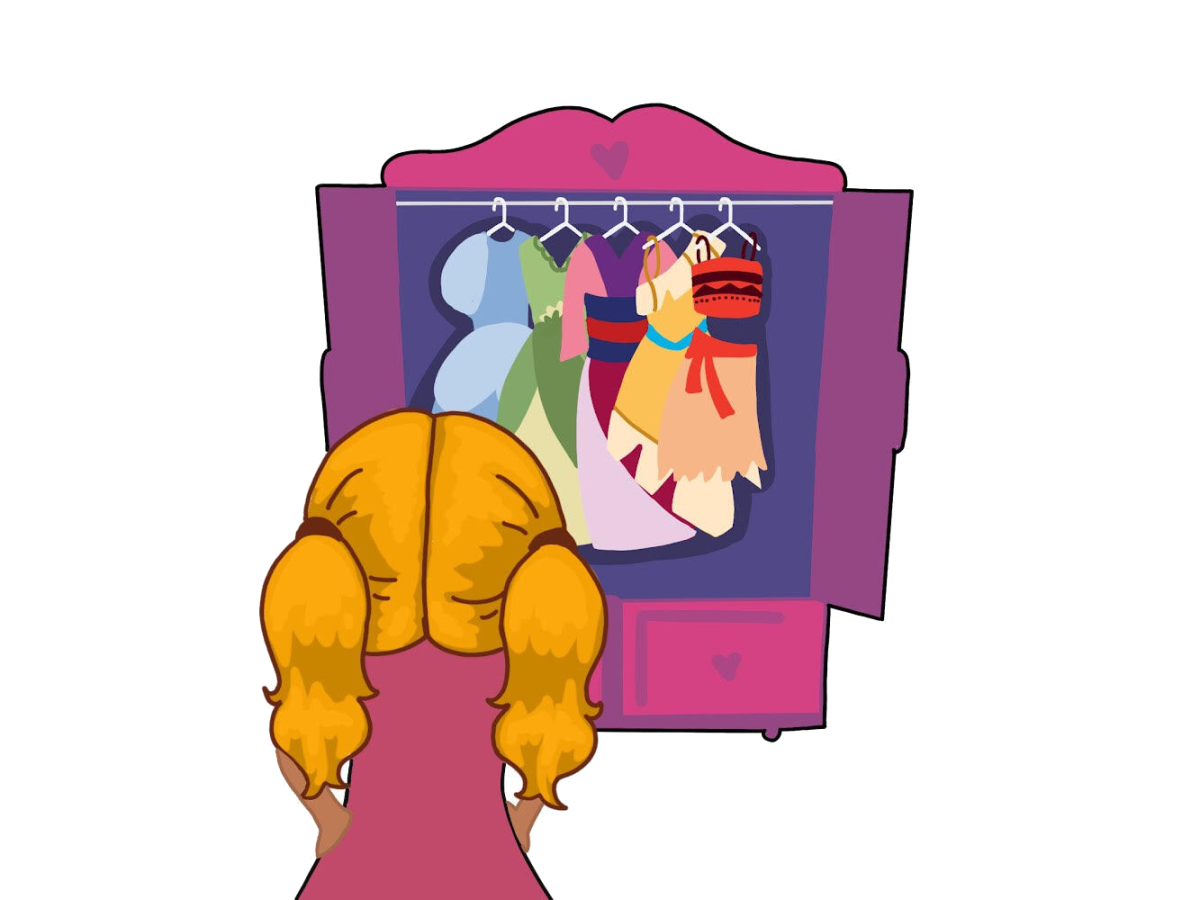In 2018, an 18-year-old white woman named Keziah Daum received a tremendous amount of backlash after posting pictures of her wearing a qipao, a traditional Chinese dress, on social media to her high school prom. The images circulated on the internet and she faced a lot of criticism, mostly from Americans, and many accused her of cultural appropriation. When the pictures reached Hong Kong, mainland China, and Taiwan, many people expressed their support for the young woman. However, this issue never ceases to exist, especially around Halloween, with modern media raising awareness about stereotypical and problematic costumes.
Even though Halloween is a time of the year when cultural appropriation is referenced frequently, the definition seems to get lost in all of the outcry. Social media users use the term cultural appropriation to express their concern for children and adults dressing up as characters of other races or cultures. Sifu Mimi Chan, the life model and the martial arts reference for Disney’s animated Mulan, explained her definition of cultural appropriation.
“To me, cultural appropriation is when someone inappropriately misrepresents and tries to put on a show from someone else’s culture without having any deep understanding respect or regard for that said culture,” Chan said.
Chan believes that if children are exposed to diverse characters like Disney princesses, it becomes an educational opportunity that can lead to a better understanding of different cultures or races.
“I feel like a lot of these Disney Princesses get this narrative and story that’s told… us growing up as kids we think this is just a really fun story but there’s so much more historically, there’s so much more context there’s so much more to learn,” Chan said, “And I think what is great about Disney Princesses is it opens the door for curiosity. Which hopefully leads to taking it one step further and educating.”
Arguments are made that nobody should be dressing up in a culture that isn’t theirs. There has been a distinct line drawn between a child dressing up as a Disney Princess like Mulan, or Pocahontas, and adults or teenagers blatantly dressing up as a certain culture, like a Geisha or Native American. A costume that represents a character like a Disney princess can teach children that people are a diverse species and everyone should be celebrated. However, an adult dressing up as a culture remains problematic because of the lack of respect it poses to that specific culture.
“I think where the ethics really kind of comes down to at what age does a child know that what they’re doing is right or wrong?” Ethics teacher Benjamin Gaddis said, “I think that at certain ages dressing like Mulan, or Moana is going to be a great aspirational thing… Why wouldn’t you want to be an awesome female character?”
Gaddis believes that adults should know better than to dress up as another culture as costumes might mock a culture or potentially represent harmful stereotypes. This kind of behavior could lead to potential violence.
According to an article published by The University of Virginia, “[Cultural appropriation can] Perpetuate harmful and factually inaccurate stereotypes of the marginalized group, which creates misunderstanding and division… Research has shown that forms of cultural violence like cultural appropriation can sometimes lead to and inspire more physical forms of violence and genocide.”
Dressing up as other cultures without awareness of the impact the costume has, is a way to undermine the culture or religion. Sophomore Misha Choudry, a student at Trinity Prep expresses her concern for cultures as Halloween costumes.
“I’m Pakistani so if I saw someone wearing the salwar kameez… there’s so much culture behind that, and so much you probably don’t understand,” Choudry said.
Contrary to modern media, the coordinator of the Department of Africana Studies at UCF, Professor Kibibi Mack-Shelton, argues that the term cultural appropriation may be mistaken for appreciation.
“[For instance,] I don’t consider a white girl or having braids as cultural appropriation,” Mack-Shelton said, “I don’t consider a white guy wearing dreadlocks as being a perpetrator of cultural appropriation. I see them as appreciating that culture, and it’s just an art style that they like.”
Mack-Shelton also emphasized the importance of education at home, especially if a child wants to dress up as a character of another culture. However, in today’s time, cultures everywhere are borrowing from each other and that is something to celebrate.
“You have blacks taking from white culture, whites taken from Latino culture, Latinos taking from Asian culture, and it’s okay to appreciate everyone’s culture,” Mack-Shelton said. “But then when it’s appropriated, and not credited to its origins, then that becomes problematic.”
When it comes to Halloween however, it is an agreement that it’s best to steer clear of costumes that mock or highlight harmful stereotypes, like a sombrero with a poncho, or a Native American costume with a religious headdress. In today’s political world, people are a little confused as to where the line is drawn between appropriation and appreciation.
“I think that line has grown more and more difficult over the last decade,” said Gaddis, “I would largely say that cultural appreciation does not require a costume. Appropriation happens if we are wearing a costume and dressing like a culture other than ours. I think if we’re doing it in a way where we’re kind of making fun of those cultures, we’re definitely in appropriation land.”
In order to avoid appropriation, it is important to do research before any sort of costume is chosen, especially if a character is of a different race or culture. Chan explained that in order to fully appreciate a character, education is vital.
“So I think just taking those extra steps to be mindful, respectful, and to delve a little deeper, it’s always a good way to honor that character that you portray,” Chan said.
















